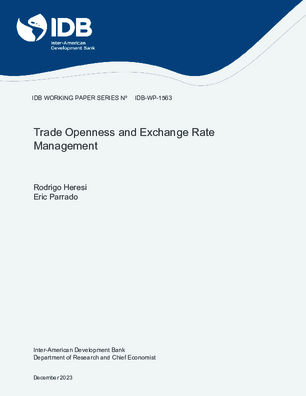Trade Openness and Exchange Rate Management
Date issued
Dec 2023
Subject
Inflation;
Trade Impact;
Monetary Policy;
Economy;
Investment;
Exchange Rate;
Interest Rate;
Rating
JEL code
E52 - Monetary Policy;
E58 - Central Banks and Their Policies;
F41 - Open Economy Macroeconomics
Country
Chile;
Singapore
Category
Working Papers
Singapore's unique monetary policy consists of a managed exchange rate framework that can be characterized as a Taylor-like reaction function with the nominal devaluation rate instead of the nominal interest rate as the main policy instrument. We build a small open economy New Keynesian model to estimate and characterize such a monetary rule from a welfare perspective. Welfare gains under an exchange rate rule (ERR) relative to the more standard interest rate-based Taylor rule (IRR) are unambiguously increasing in the degree of trade openness (defined as exports plus imports as a share of GDP). For Singapore, where trade openness is 280% of GDP, we estimate welfare gains of 1.48% of permanent consumption under an ERR. In a counterfactual thought experiment, we find that Chile, an established inflation-targeting economy using an IRR, would be better off under an ERR for any degree of openness above 100% (currently at 70%).
Generative AI enabled




